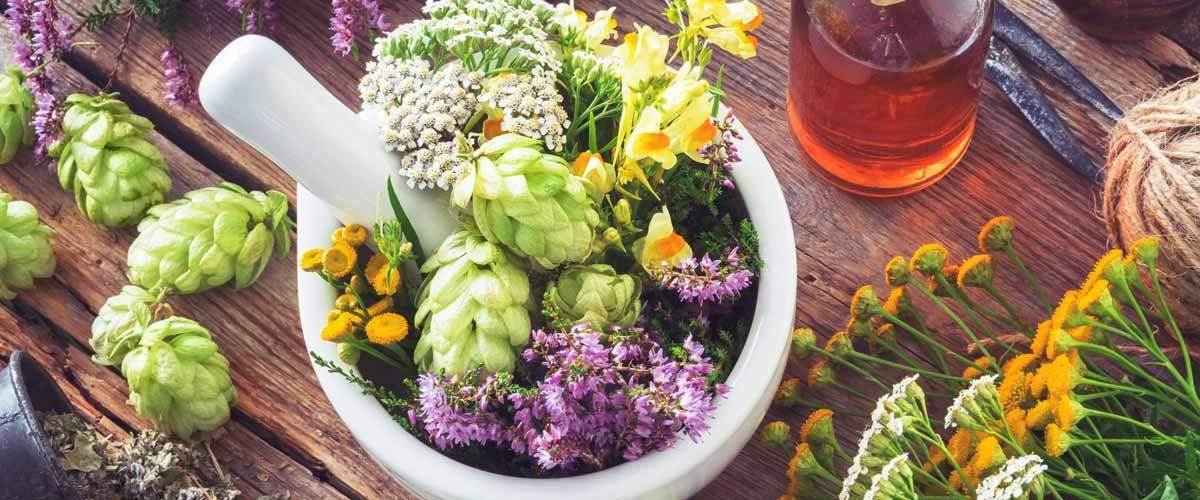A study regarding the potential of herbal medicines in treating a vast range of diseases is published in the Asian Journal of Biological Sciences under the authorship of Roshan Kumar and his team. The team pointed out “ the importance value index of herbal medication is higher than any pharmaceutical drug, which is often associated with side effects.”
More than half a million plants are considered medicinal plants, which are used in multiple treatments. These plants consist of specific compounds that derive drug synthesis. The corresponding author reported that 10% of plants, approximately 30,000 species, are used for medicinal purposes, out of which only 6500 originate in Asia.
According to WHO, the rural areas in the countries such as Sri Lanka(65% ), Indonesia (60%), Pakistan (60%), Myanmar (85%), India (80%), Nepal (75%), and Bangladesh (90%) practices herbal treatment due to the high medicinal and nutritional value. Nepal’s cultural heritage emphasizes using wild plants, especially for medicinal purposes, which has transformed generation to generation.
English medicine has overlooked Ayurveda; however, studies in Nepal explored around 1950 species of plants, which are real essences of folk medicines in treating various diseases. Regardless, these plants have cultural and religious values as well as vary according to ethnicity. The research team discovered, “ Majhi community has shown to have a strong and rich knowledge related to the medicinal and healing properties of these plants.”
“Nevertheless, the superstitious nature of Nepali prevents them from sharing or transfer their knowledge to others with the fear of losing their essences,” stated by Roshan Kumar. Therefore, the awareness regarding nature’s creation is only limited among the locals. Majhi community reported that Shorea robusta in Durga Mai and Brahma Thakurhold holds the highest importance value index. In contrast, in shrub and herb, Woodfordia Fruticosa, Millettia Extensa (Gaujo), and Chromolaena Odorata (Banmra) are highly essential for various treatments. Thus, the transfer of indigenous knowledge to the young generation regarding medicinal plants is necessary to conserve the practice, cost, and ethnobotanical importance.
















Add comment